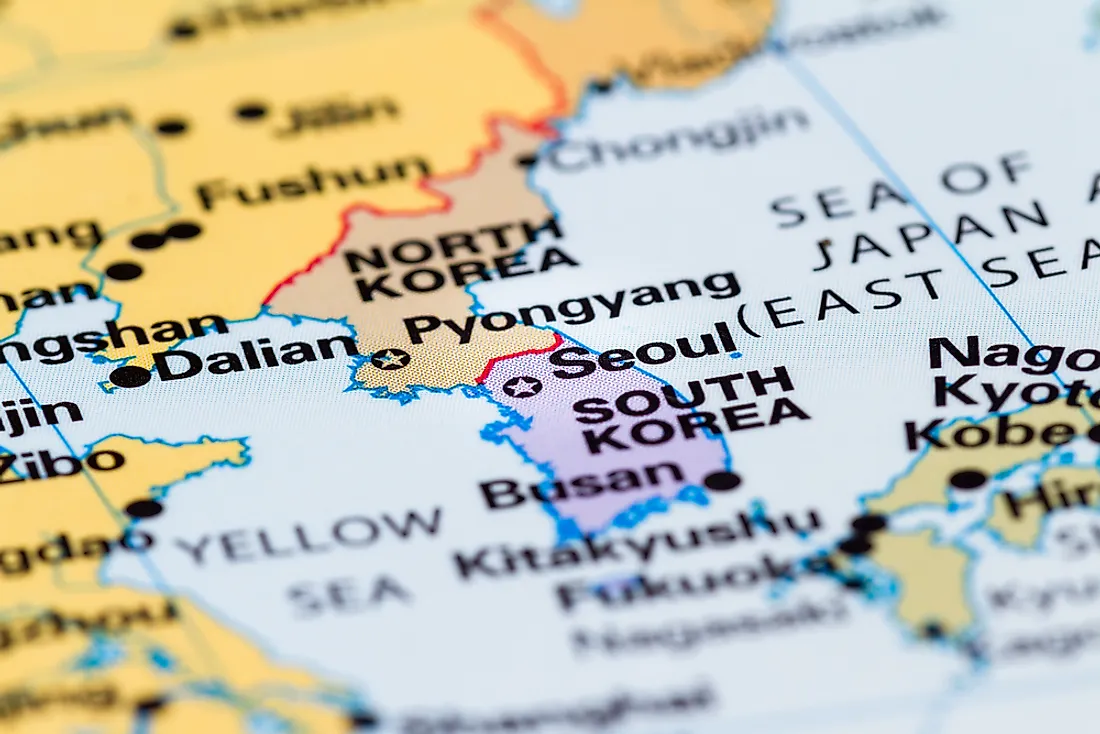Is North Korea A Country?

Officially known as the Democratic People's Republic of Korea, North Korea is a country located in East Asia in the northern region of the Korean Peninsula. A country is a political division that has full autonomy in its governance and running of its affairs. The nation is bordered by nations like China, Russia, and South Korea while the capital city, and the largest city, is Pyongyang. Despite the political instability in the country, North Korea has been a member of the United Nations since 1991. The country has a long history that traces its way back to the 7th century BC during the establishment of the First Kingdom. However, the republic that it is today was founded back on September 9, 1948. The current constitution in use was passed recently on June 29, 2016.
Governance
North Korea is a one-party state where there is a high centralization of its functions. The head of all the major governing systems is the Supreme Leader who is currently Kim Jong-un. The Constitution of North Korea states that there are three core branches of the government namely the State Affairs Commission of North Korea, a unicameral legislature, and the executive. The Supreme People’s Assembly heads the legislature while the Cabinet of North Korea has executive power. Despite its title as a democratic republic, there is enough evidence to show that the political structure of the country is an absolute monarchy.
Demographics
As of 2016, the estimated population of the country was about 25,368,620 people, which was an increase from the 24,052,231 people from the 2008 census. The majority of the population is highly homogenous in terms of ethnic groups although there are a few people from China and Japan. The population was expected to have hit about 28 million by 2010 but the North Korean Famine prevented this increase. The famine killed between 240,000 and 420,000 people in a span of three years from 1995. International aid and domestic food production have been the two main factors helping the population to recover.
According to the 2008 census, the whole population is literate due to the compulsory studies for the primary and secondary school levels. The national language is Korean, which is similar to their counterparts in South Korea although there are some minor differences in the dialects. While data on religion is scarce, Religious Intelligence suggests that irreligion is popular (64.3% of the populace). Other religions include Korean shamanism, Chondoism, Buddhism, and Christianity.
People in the country are grouped according to their loyalty to the government. The loyalty is measured based on present data about the person and the history of his or her family going back three generations. A higher ranking, or Songbun, means that a person can get more responsibility, opportunities, and food.
Economy
The economy of the country is closed and highly centralized. The nation wanted to develop an economy that was fully self-sustainable until problems such as inadequate labor and land problems began to hit. However, everything is under the government. Some of the major industries include machine building, food processing, coal and iron ore production, and other sectors.











